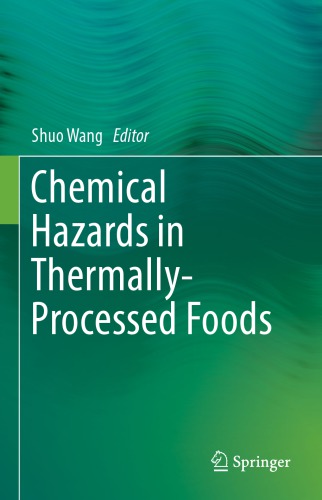

Most ebook files are in PDF format, so you can easily read them using various software such as Foxit Reader or directly on the Google Chrome browser.
Some ebook files are released by publishers in other formats such as .awz, .mobi, .epub, .fb2, etc. You may need to install specific software to read these formats on mobile/PC, such as Calibre.
Please read the tutorial at this link: https://ebookbell.com/faq
We offer FREE conversion to the popular formats you request; however, this may take some time. Therefore, right after payment, please email us, and we will try to provide the service as quickly as possible.
For some exceptional file formats or broken links (if any), please refrain from opening any disputes. Instead, email us first, and we will try to assist within a maximum of 6 hours.
EbookBell Team

5.0
18 reviewsThis book summarizes the types, contents, analytical methods, formation mechanisms and control strategies for hazardous substances produced during the thermal processing of foods. In each chapter, hazardous substances such as dicarbonyl compounds, acrylamide, furan, heterocyclic amines, trans-fatty acids, and advanced glycation end products (AGEs) are covered and discussed in terms of analytical methods, formation mechanisms and mitigation strategies.
The content chiefly focuses on how these hazardous substances are formed during thermal processing and what can be done to mitigate or eliminate them in food products (e.g. those prepared at higher temperatures by baking, frying or roasting).
The major objective of this book is to provide a timely and informative guide for researchers and graduate students in the fields of food chemistry, food ingredients, food analysis, food safety, food processing, chemical toxicology, disease prevention and health promotion.